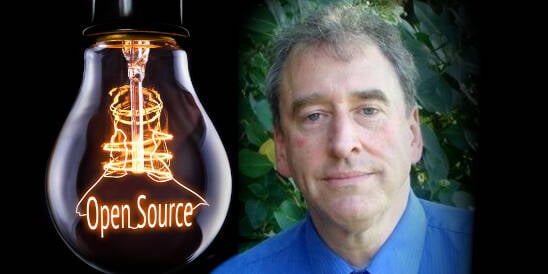- cross-posted to:
- planetdyne@fed.dyne.org
- foss@beehaw.org
- hackernews@derp.foo
- cross-posted to:
- planetdyne@fed.dyne.org
- foss@beehaw.org
- hackernews@derp.foo
TLDR: Companies should be required to pay developers for any open source software they use.
He imagines a simple yearly compliance process that gets companies all the rights they need to use Post-Open software. And they’d fund developers who would be encouraged to write software that’s usable by the common person, as opposed to technical experts.
It’s an interesting concept, but I don’t really see any feasible means to get this to kick off.
What are your thoughts on it?



IANAL and I don’t have the actual court papers, but is seems to me they were violating GPLv2 Section 6.
Essentially, what this section says is that if you distribute a chunk of software (in this case, the firmware embedded in a smart TV) that in its compiled form contains part or all of a software library covered by this license (in this case, Busybox, which is a bundle of common shell utilities you use every day in a Linux terminal, compacted into one binary to fit onto embedded systems), you have to do one of these four things:
Package the source code of the GPL’d library with the distribution itself. If your executable contains a version of it modified by you, those modifications must be in the source. In this case this would require putting the raw source code for Busybox on the TV itself in a place the user could access it, or perhaps bundling a flash drive with the source code on it with the TV.
Include a written offer to send the source to anyone who asks for it, at no cost (except for the cost of transfer itself if applicable, e.g. postage), and honor that offer for at least 3 years. I believe this is what most companies that use GPL’d code do.
If the distribution happens at a designated place, offer the source at that same place. This is mostly relevant to download pages, not physical products.
Verify that the customer already has a copy of the source distributed in advance. This is a specific edge case that makes no sense in this context.
This lawsuit was brought about because the sellers of the TVs that contained Busybox were not doing any of the above four things, and those sellers ignored or ghosted plaintiff when plaintiff contacted them about it.